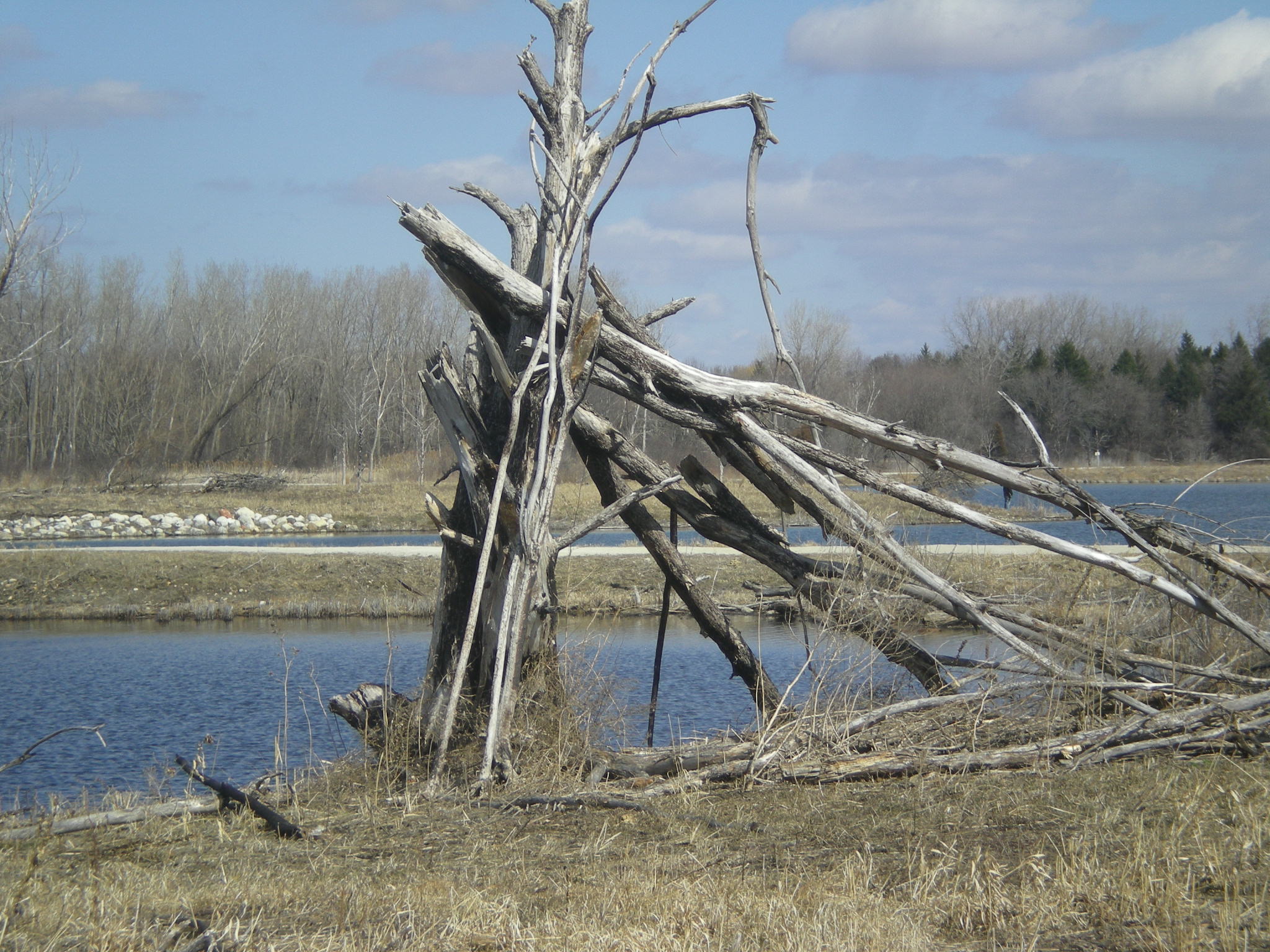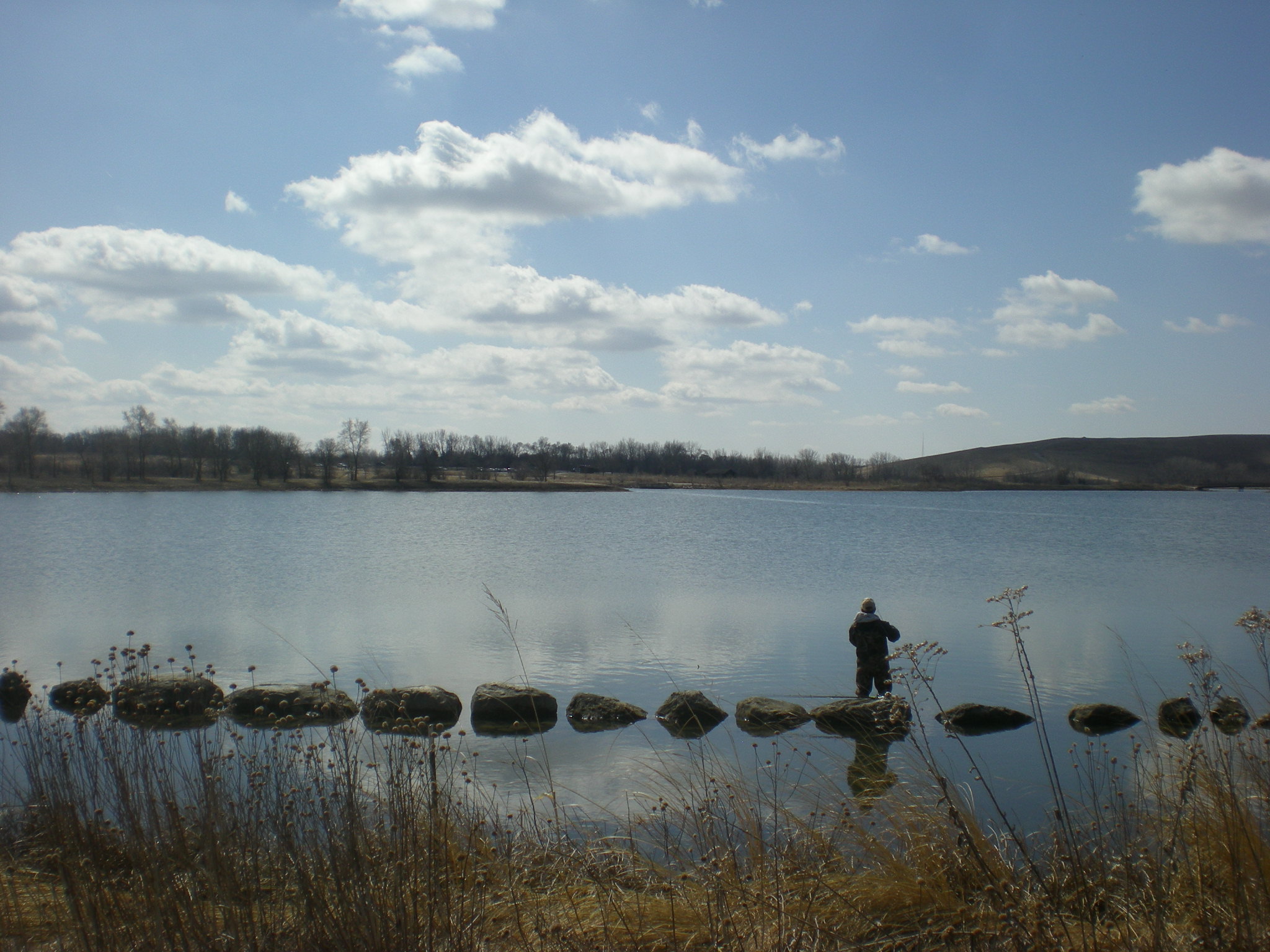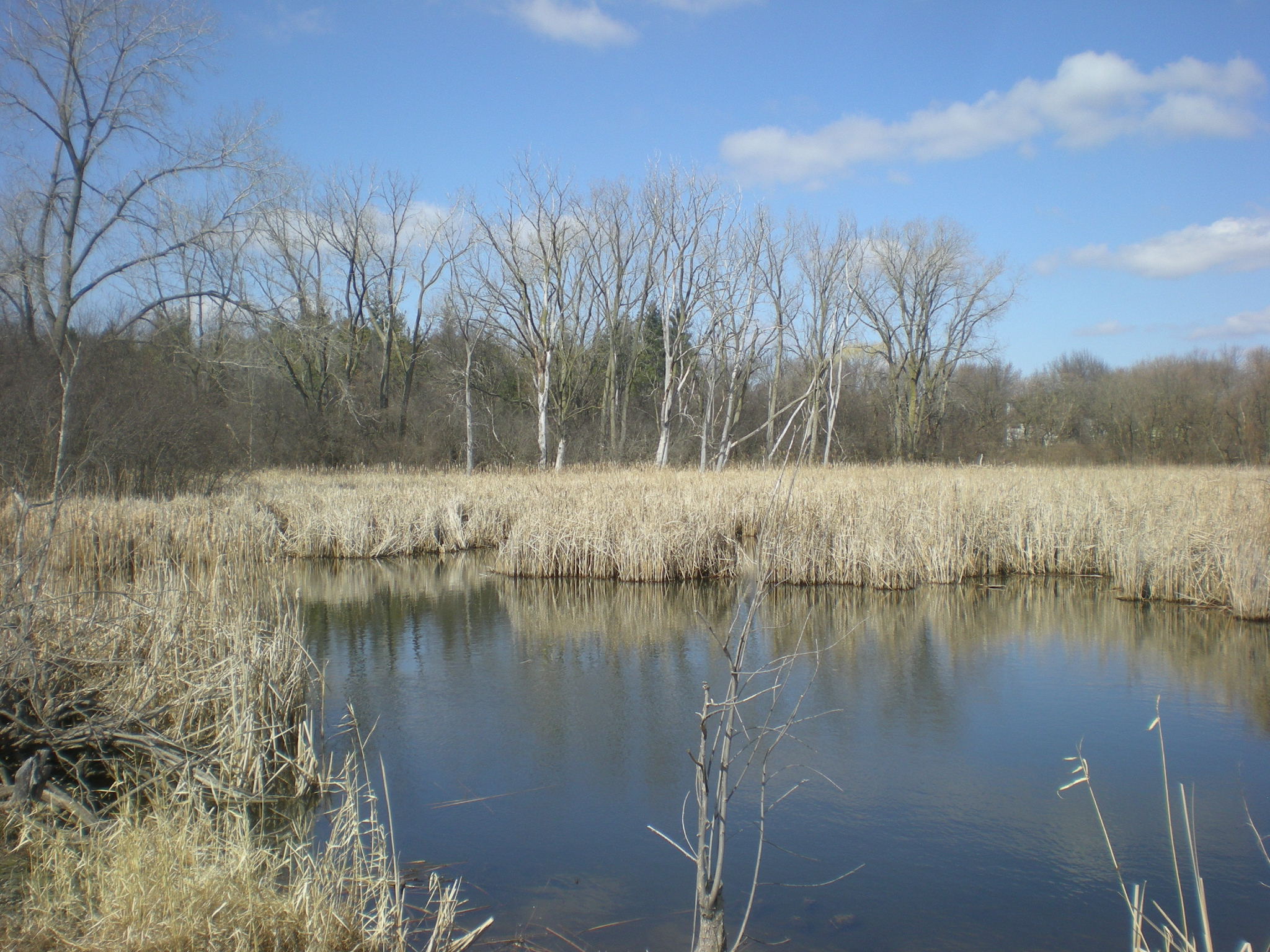By the end of August, summer’s a little tiring, but I’m also not glad to see it go. Odd how that works. Back to posting again on September 6.
As if I hadn’t seen enough cemetery grounds for the day last Saturday after I visited the Oak Woods Cemetery, I decided before going home to fulfill a longstanding ambition and see Bachelor’s Grove Cemetery in south suburban Bremen Township. Going all the way to the south suburbs just to see Bachelor’s Grove has always been a stretch, but I was already further south than I usually go, making the cemetery relatively close.
Bachelor’s Grove is known for one thing locally, and maybe even in the wider world: ghosts. Graveyards.com’s Illinois page, which usually includes fairly sober assessments of burial grounds, says the following:
A small, abandoned graveyard in the southwest suburbs has been called the most haunted place in Chicago — and one of the most haunted places worldwide.
This is Bachelor’s Grove.
WARNING: Do not go in or near Bachelor’s Grove Cemetery at night. Do not go in or near Bachelor’s Grove Cemetery at Halloween, or for several weeks before or after that date. You will be arrested and charged with trespassing.
The author of graveyards.com recommends that you don’t go to Bachelor’s Grove at all.
How do we know the place is haunted? Same way we know anywhere is haunted: people say it is. If I sound skeptical, I am. Not necessarily about the reality of noncorporal beings, but about the tales of Bachelor’s Grove. It’s easy to tell stories about an abandoned graveyard in the woods, especially if those woods happen to be in a suburban area where teens are looking for places to hang out undisturbed.
On the other hand, I’m not skeptical that forest preserve police — Bachelor’s Grove is on forest preserve land in our time — might go looking for nighttime visitors. The cemetery has an indisputable history of wankers showing up to vandalize the stones. Otherwise I can’t see that visiting the cemetery counts as trespass, since the point of a forest preserve is public use.
To get to Bachelor’s Grove, you park at one of the Rubio Woods Forest Preserve parking lots on the north side of the Midlothian Turnpike (143rd), and then cross that road not far to the west. A trail leads into the woods from the south edge of the turnpike. A sign on a chain between two posts says NO ENTRY, but I took that to mean vehicular traffic, since the path is wide enough for a car.
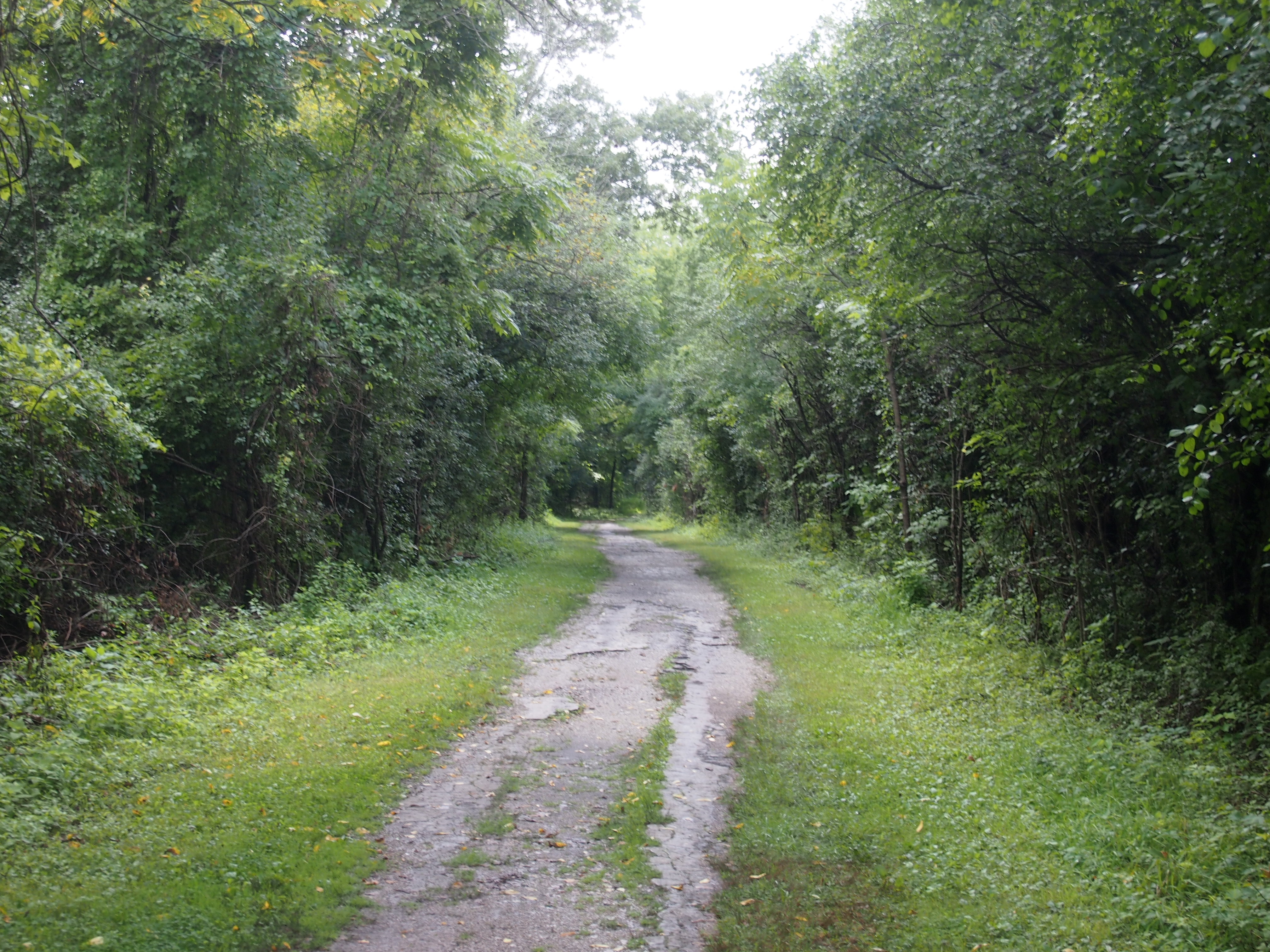 I’ve read that this is the former route of the Midlothian Turnpike. If so, that would have taken traffic next to the cemetery, which is about a fifth- or a quarter-mile walk away. The cemetery itself presumably predates any modern paved road, having been founded, according to Graveyards.com, in 1864. The most recent burial was supposedly in 1965, but in any case it never was a large or populous necropolis. Instead of a city of the dead, more like a hamlet of the dead.
I’ve read that this is the former route of the Midlothian Turnpike. If so, that would have taken traffic next to the cemetery, which is about a fifth- or a quarter-mile walk away. The cemetery itself presumably predates any modern paved road, having been founded, according to Graveyards.com, in 1864. The most recent burial was supposedly in 1965, but in any case it never was a large or populous necropolis. Instead of a city of the dead, more like a hamlet of the dead.
Older pictures of the cemetery, such as at Graveyards.com, depict a unkempt place, but on August 27, 2016, I found a well-maintained graveyard, at least in terms of undergrowth control, surrounded by a tall, newish chain-link fence, but with no gate. There are no signs telling you the name of the place or anything else.
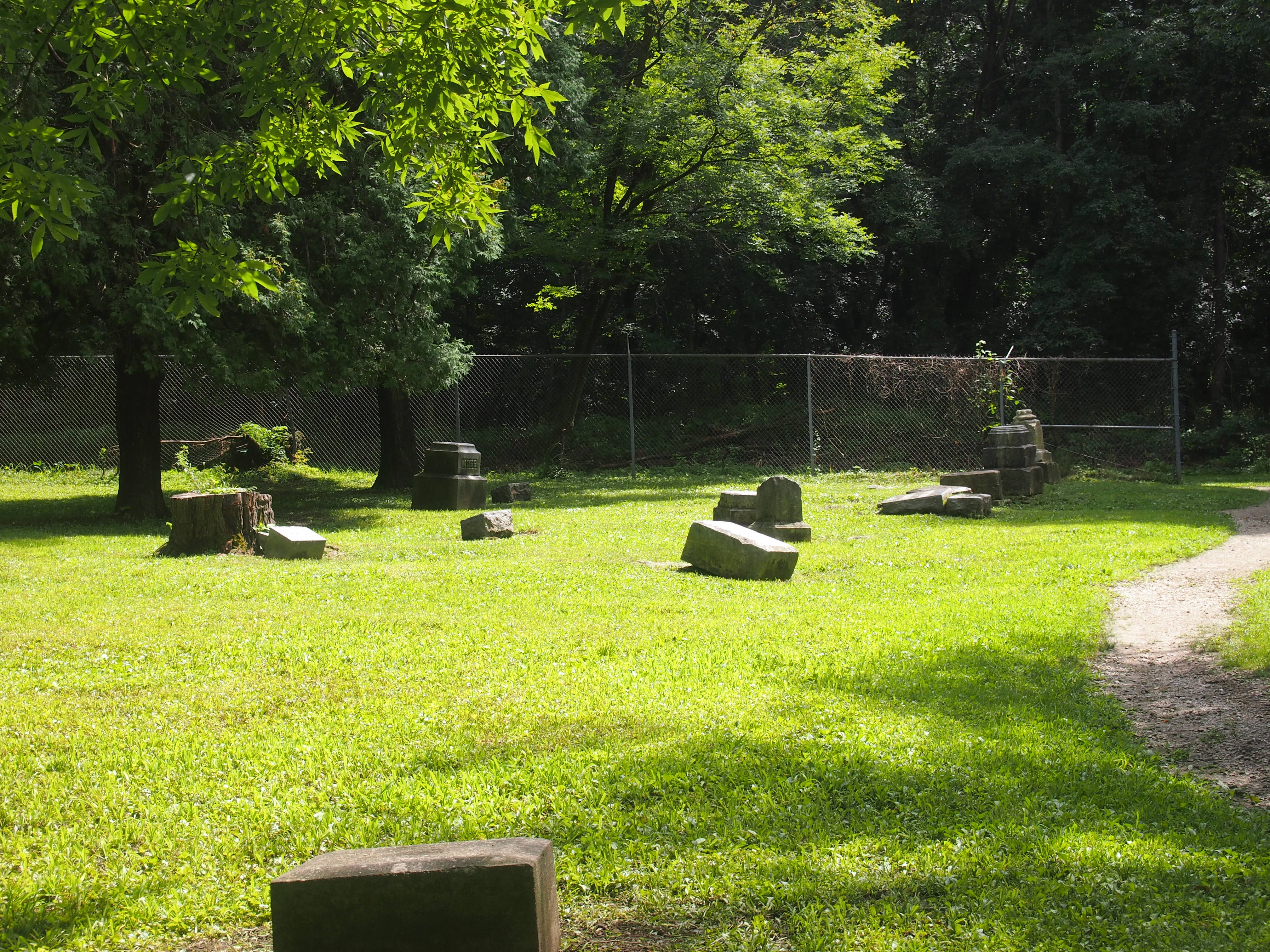
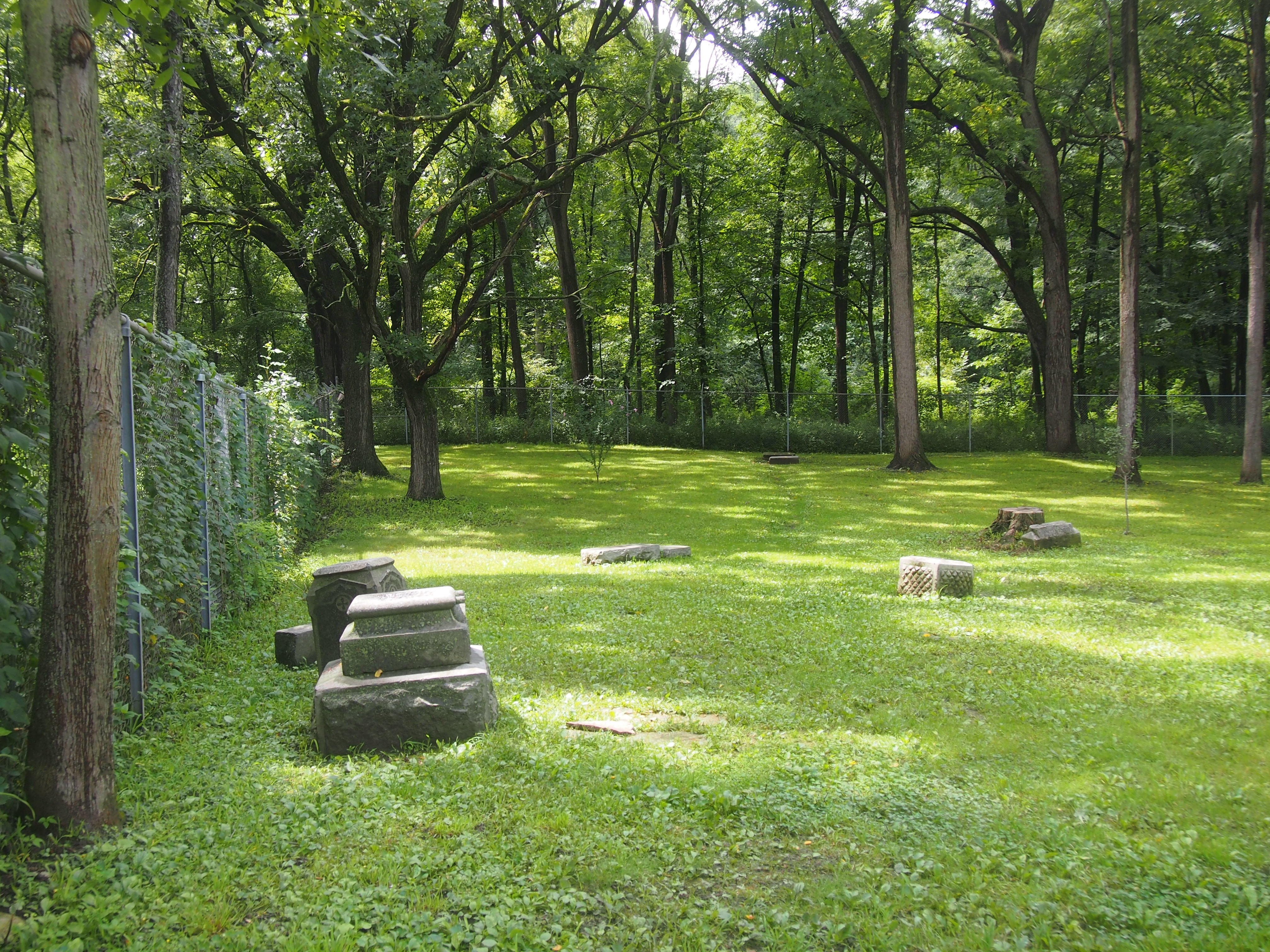
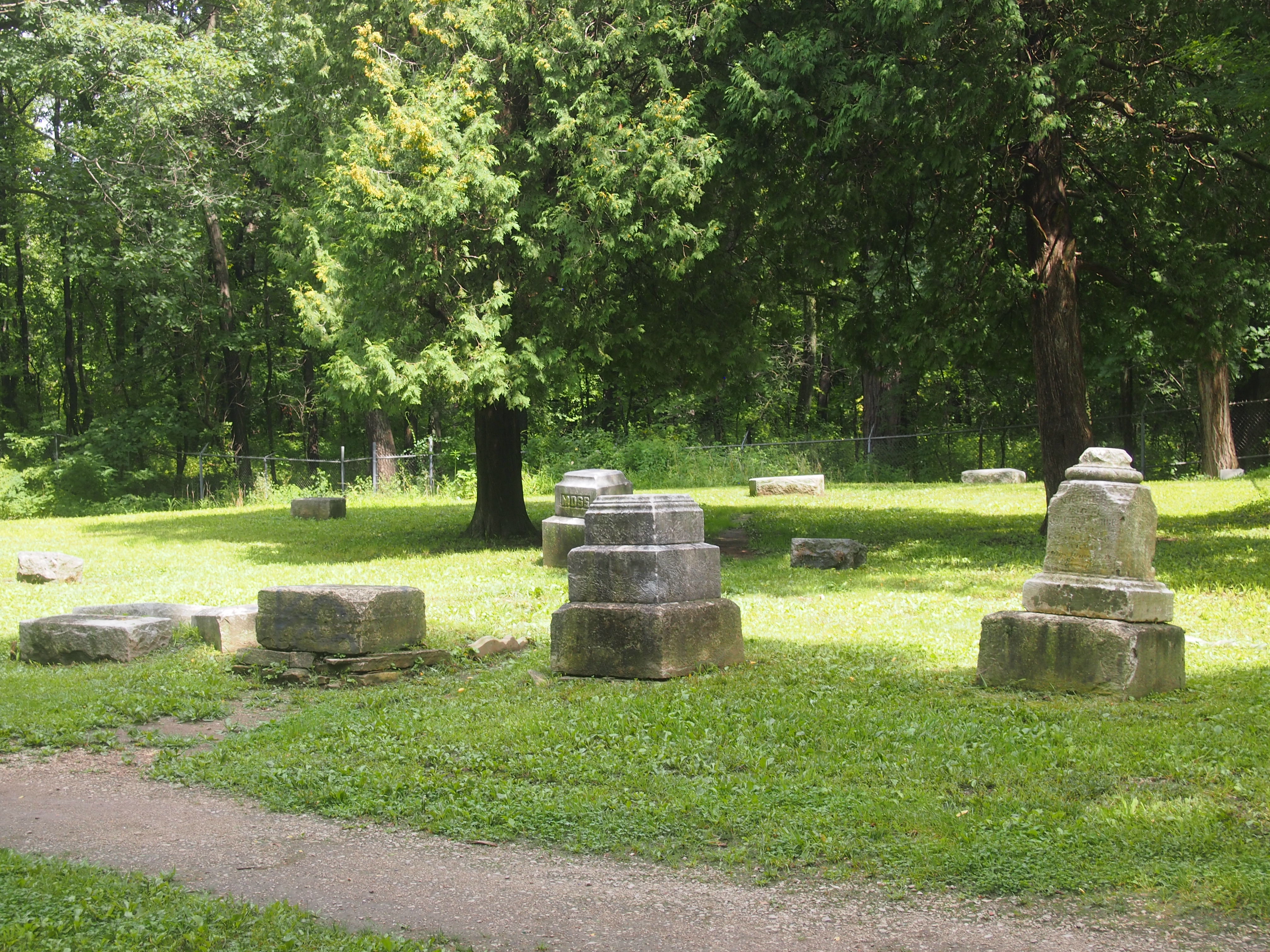 Could be that the forest preserve is now taking a “broken windows” approach to discouraging vandalism. That is, if the grounds look cared for, people are less like to do further damage. There’s still plenty of evidence of earlier damage, however, such as tumbled-down tombstones.
Could be that the forest preserve is now taking a “broken windows” approach to discouraging vandalism. That is, if the grounds look cared for, people are less like to do further damage. There’s still plenty of evidence of earlier damage, however, such as tumbled-down tombstones.
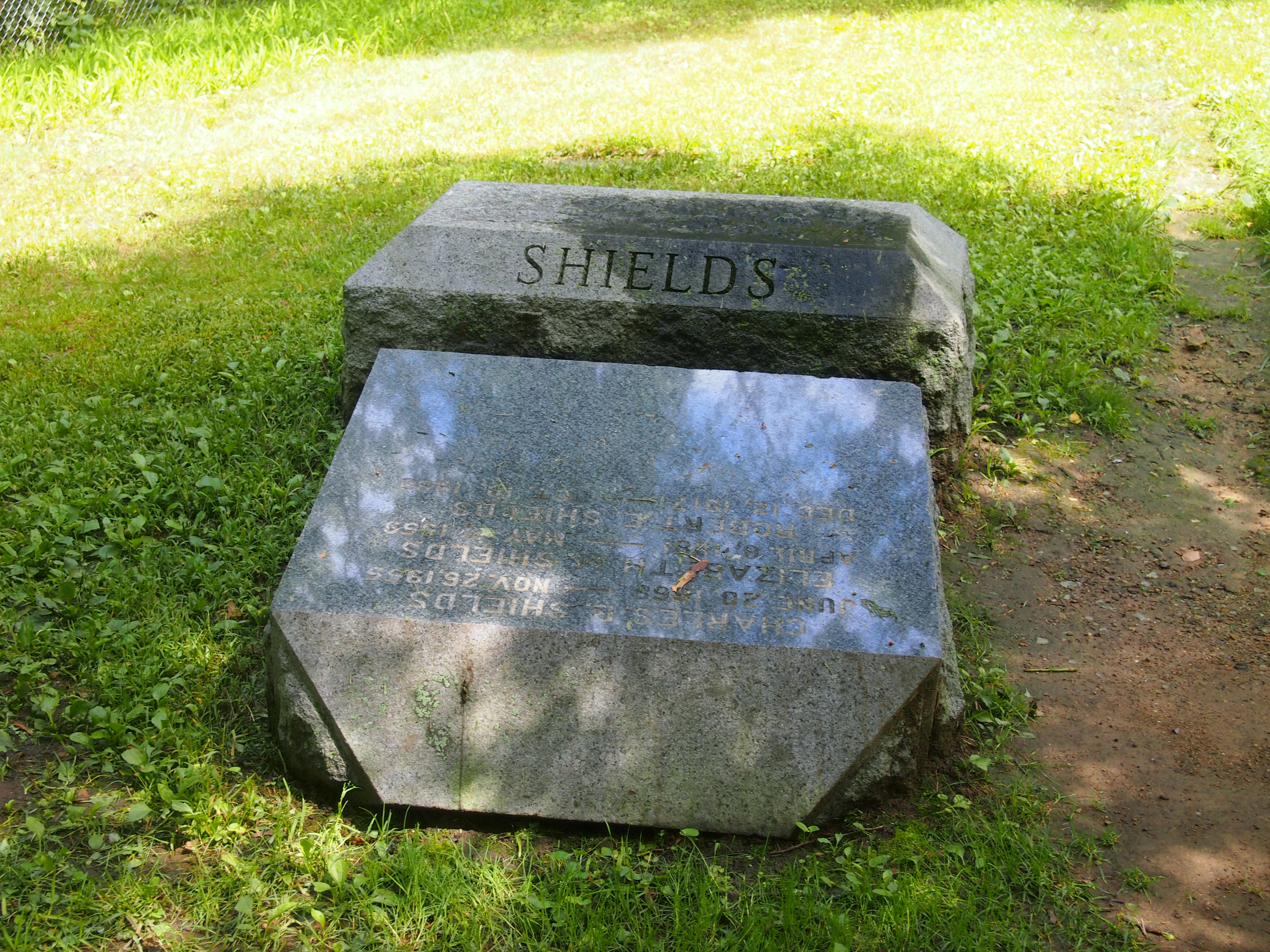 Evidence of wankers with spray paint, too.
Evidence of wankers with spray paint, too.
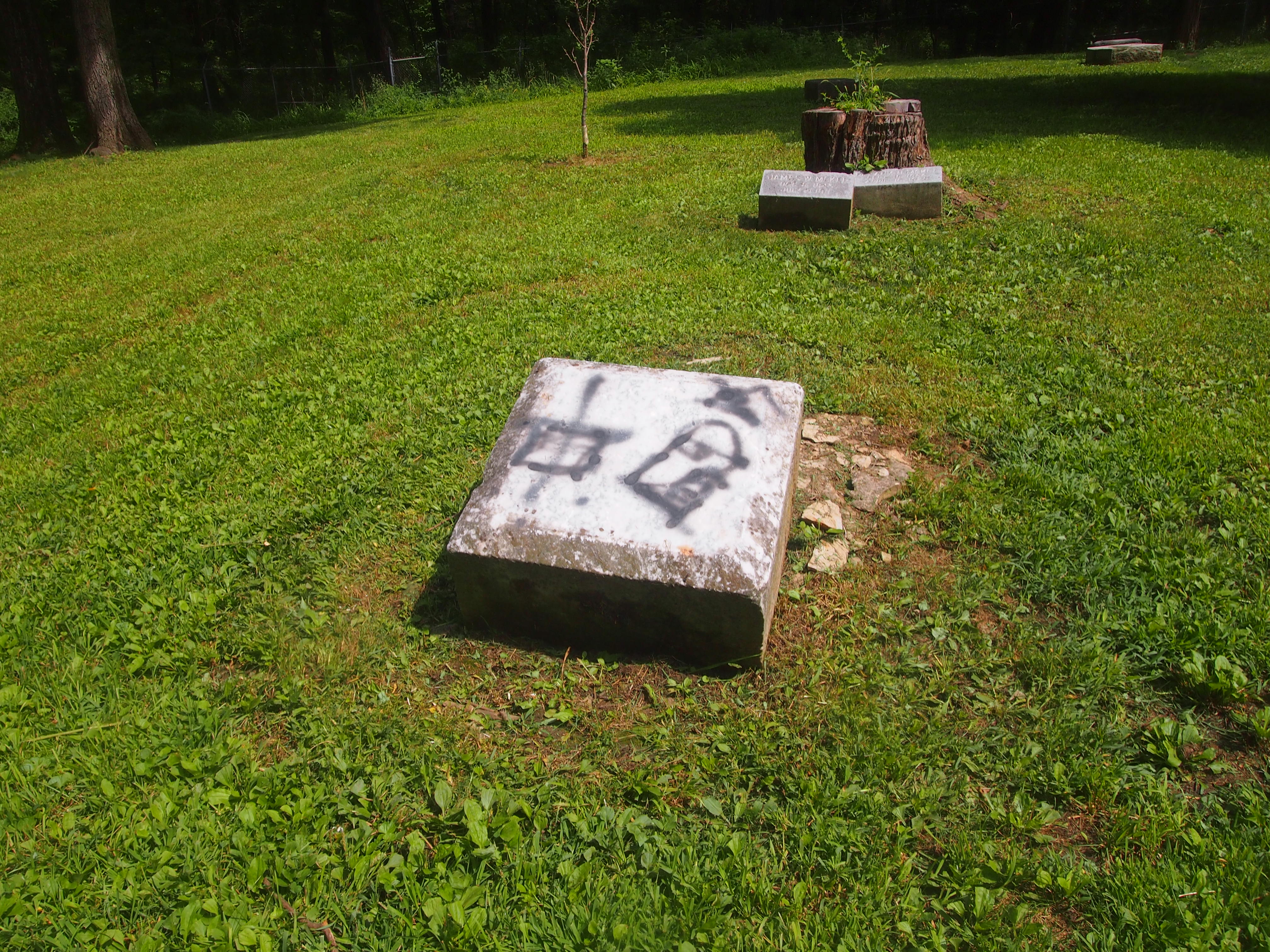 Many of the stones merely look old and weather-worn, some of them beyond deciphering any names or other information.
Many of the stones merely look old and weather-worn, some of them beyond deciphering any names or other information.
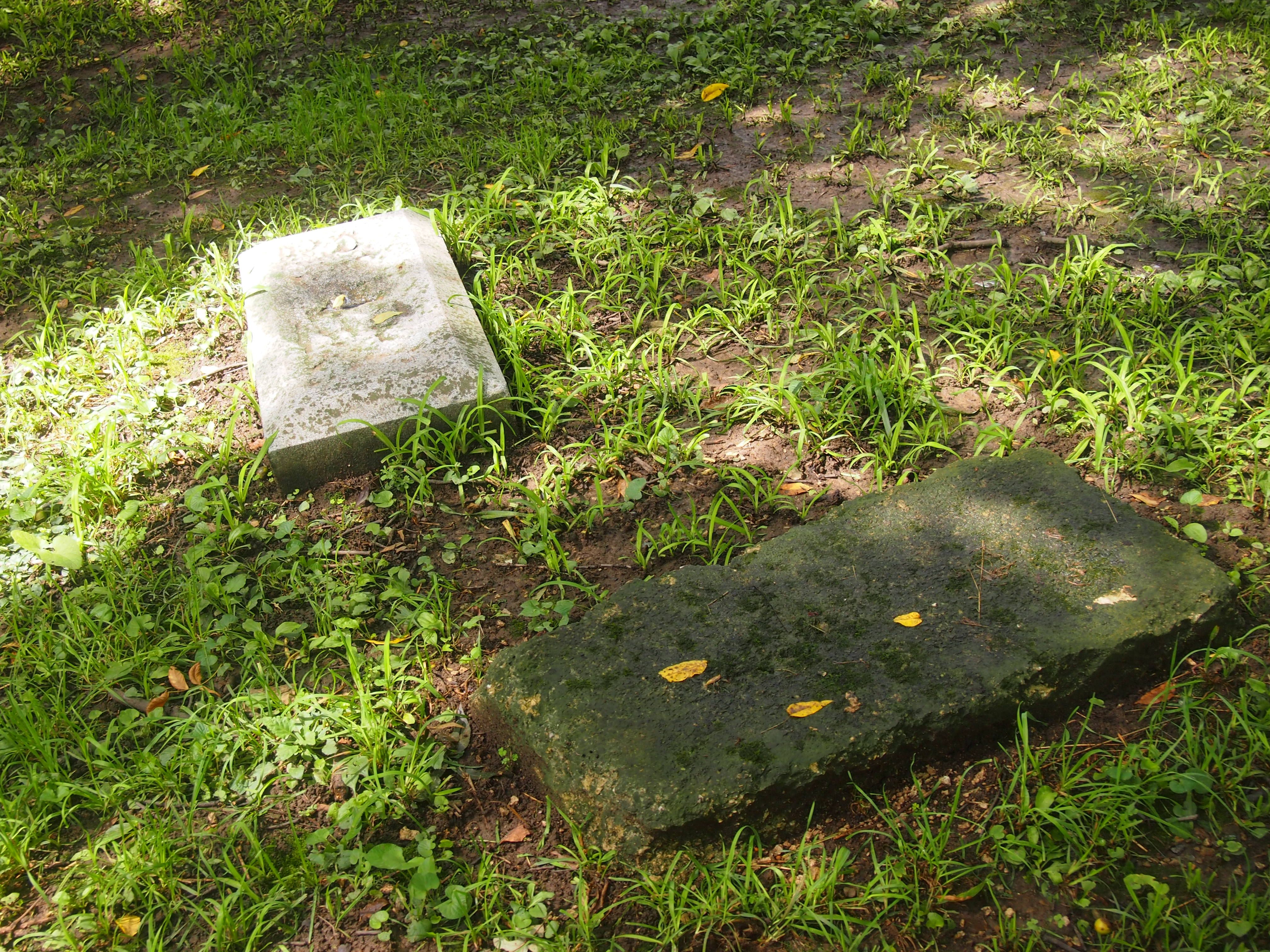
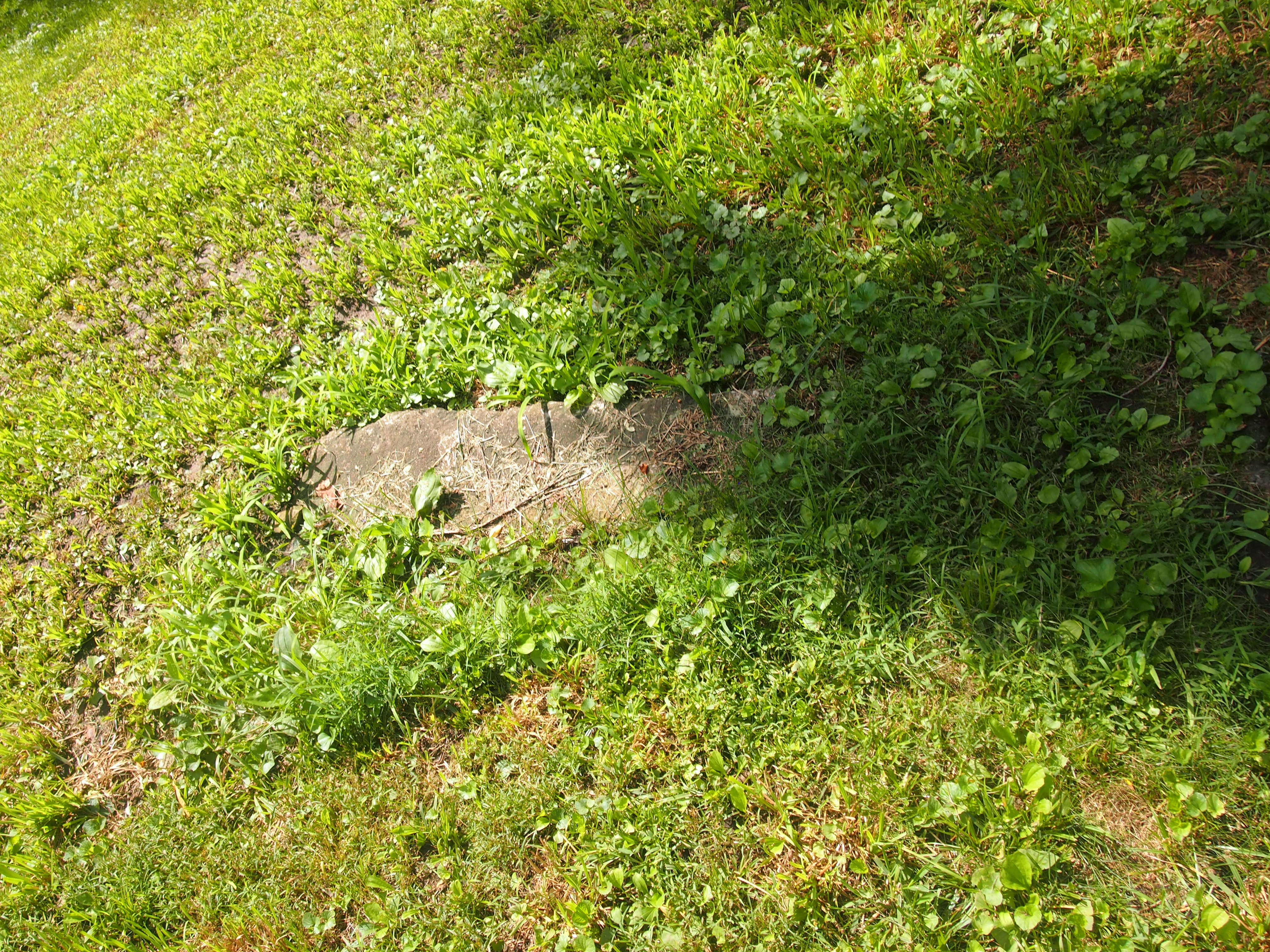 Others have held up better, or maybe are more recent replacements.
Others have held up better, or maybe are more recent replacements.
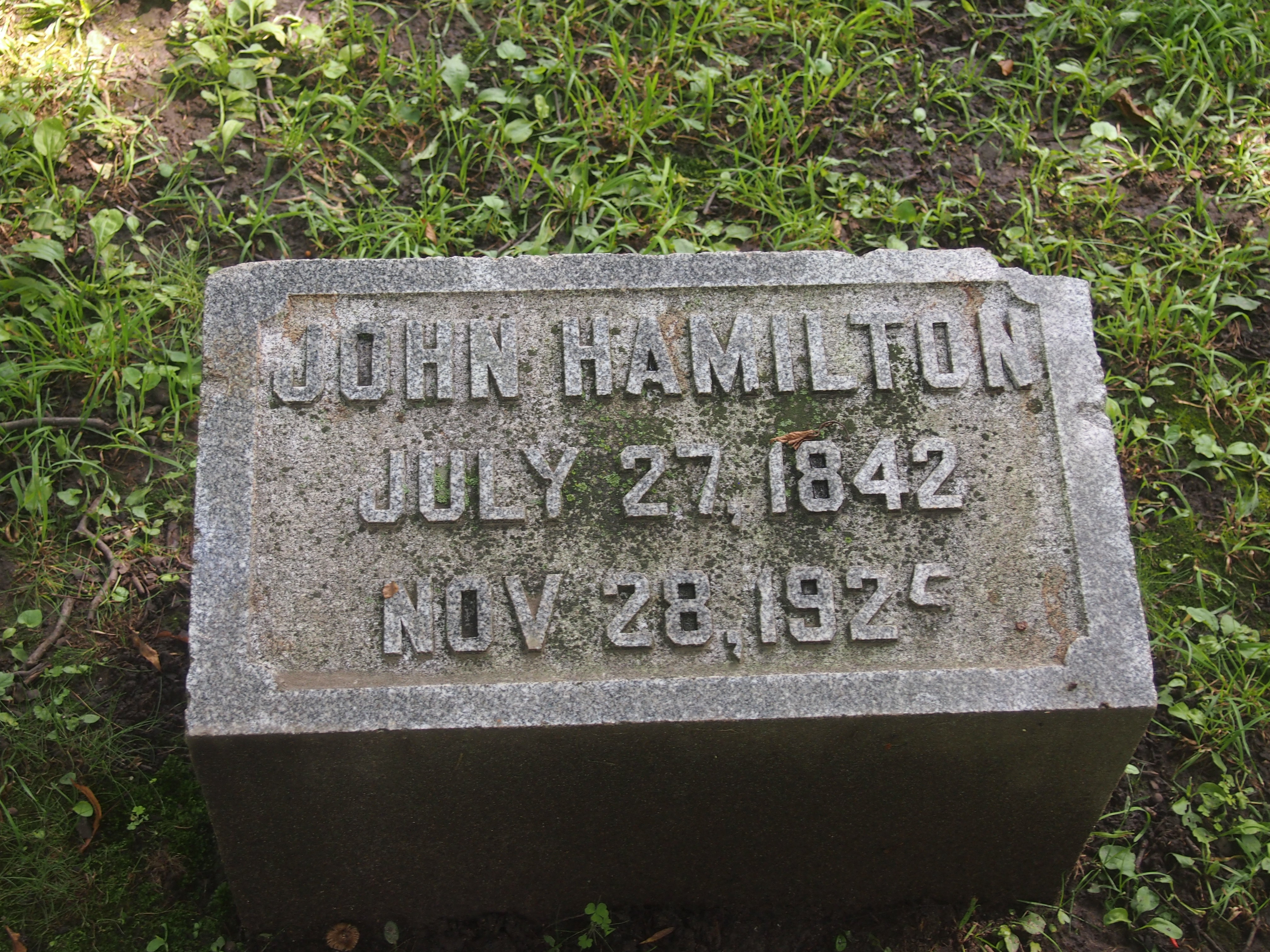
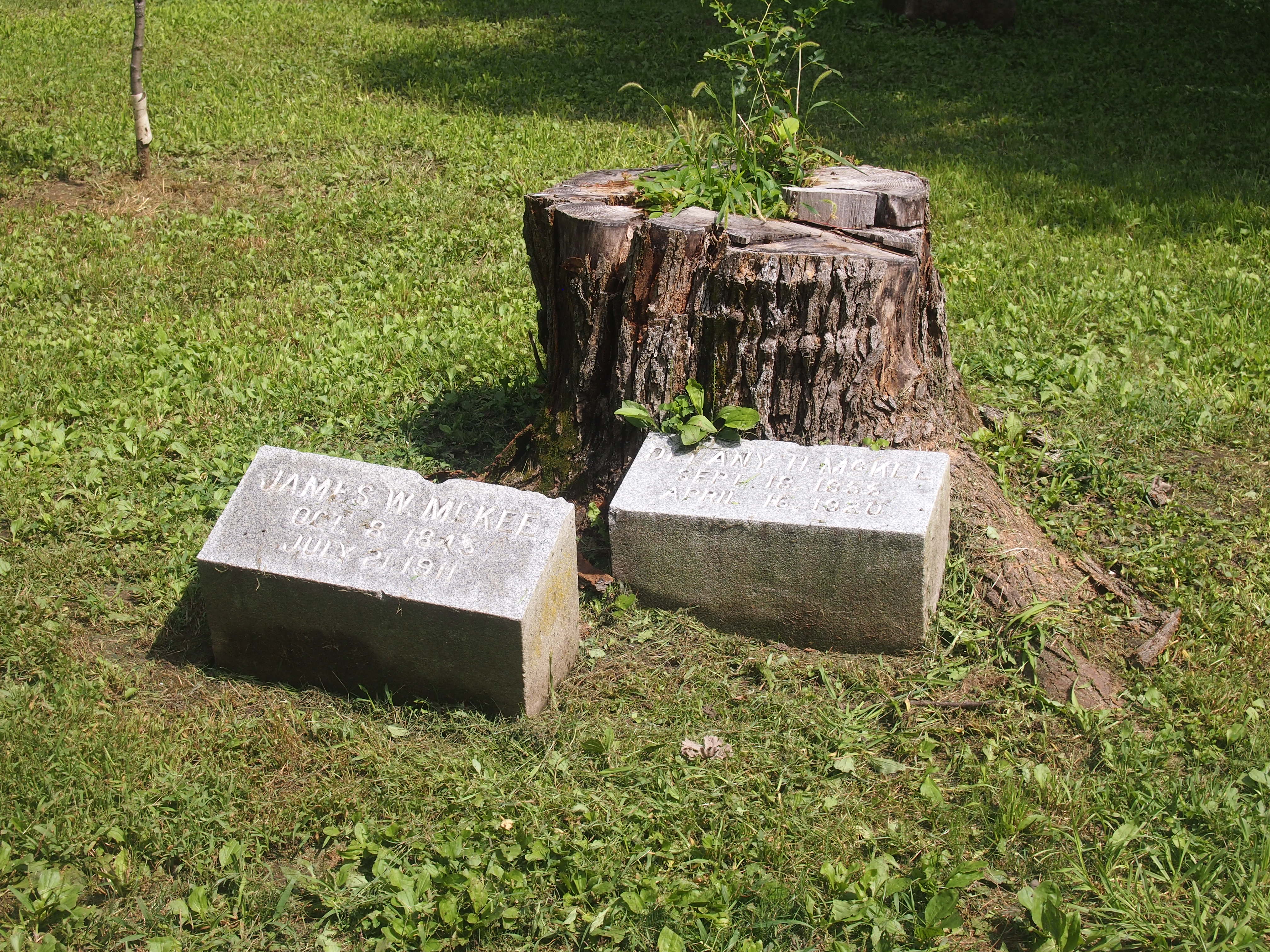 The cemetery clearly has living visitors who do the opposite of vandalism. People have left items for the “Infant Daughter” at the largest stone in the graveyard, with the name Fulton on the other side. According to Graveyards.com, a descendant of these Fultons was the last trustee of the cemetery, turning it over to the forest preserve district in 1976.
The cemetery clearly has living visitors who do the opposite of vandalism. People have left items for the “Infant Daughter” at the largest stone in the graveyard, with the name Fulton on the other side. According to Graveyards.com, a descendant of these Fultons was the last trustee of the cemetery, turning it over to the forest preserve district in 1976.
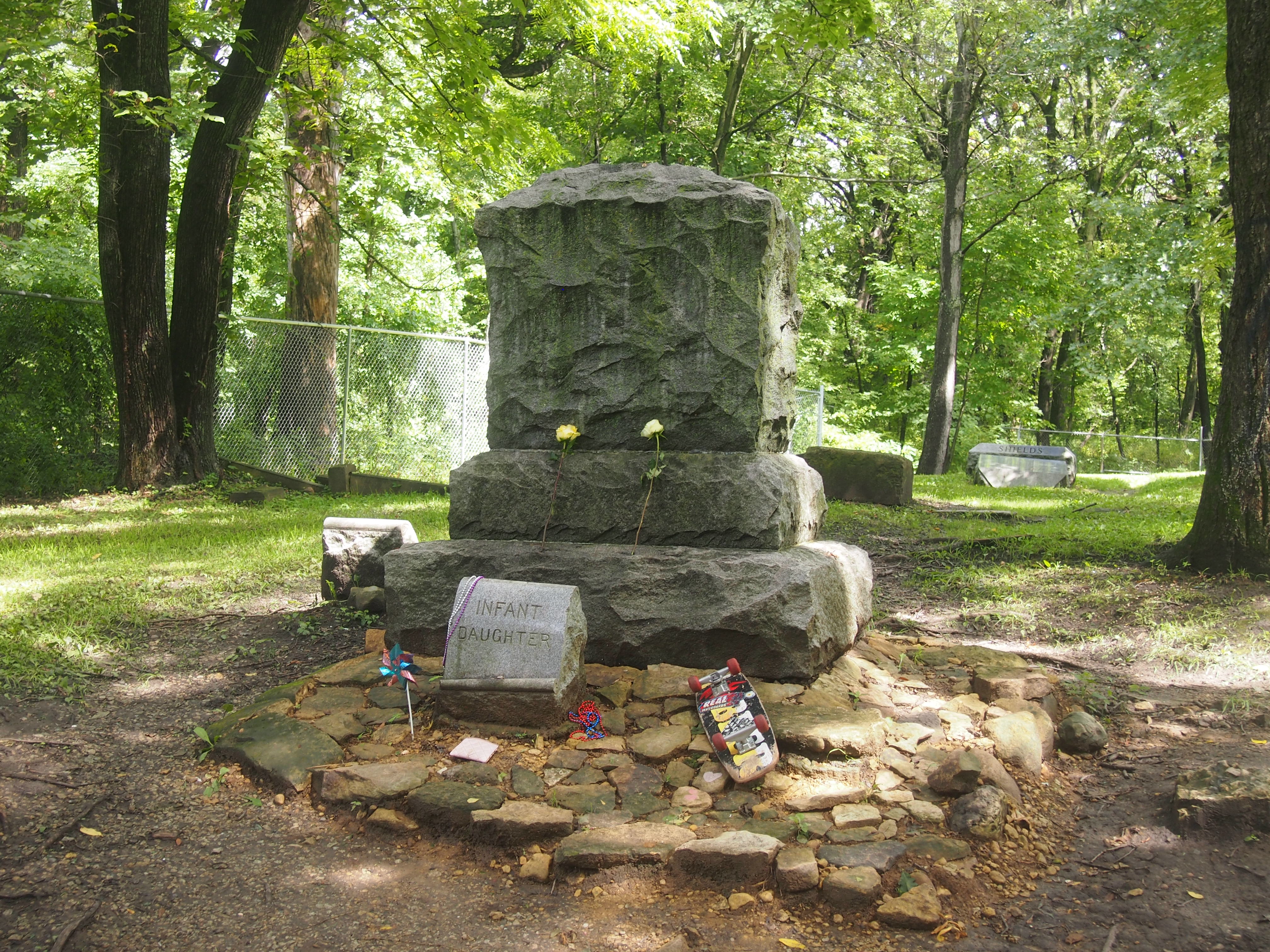 I was the only living person at Bachelor’s Grove early that afternoon, but as I was leaving the forest preserve, I saw a man and a woman headed in the direction of the cemetery. So I guess there’s often a trickle of curious visitors. Unless I saw a couple of really life-like haints, down to the sunglasses and baseball caps.
I was the only living person at Bachelor’s Grove early that afternoon, but as I was leaving the forest preserve, I saw a man and a woman headed in the direction of the cemetery. So I guess there’s often a trickle of curious visitors. Unless I saw a couple of really life-like haints, down to the sunglasses and baseball caps.
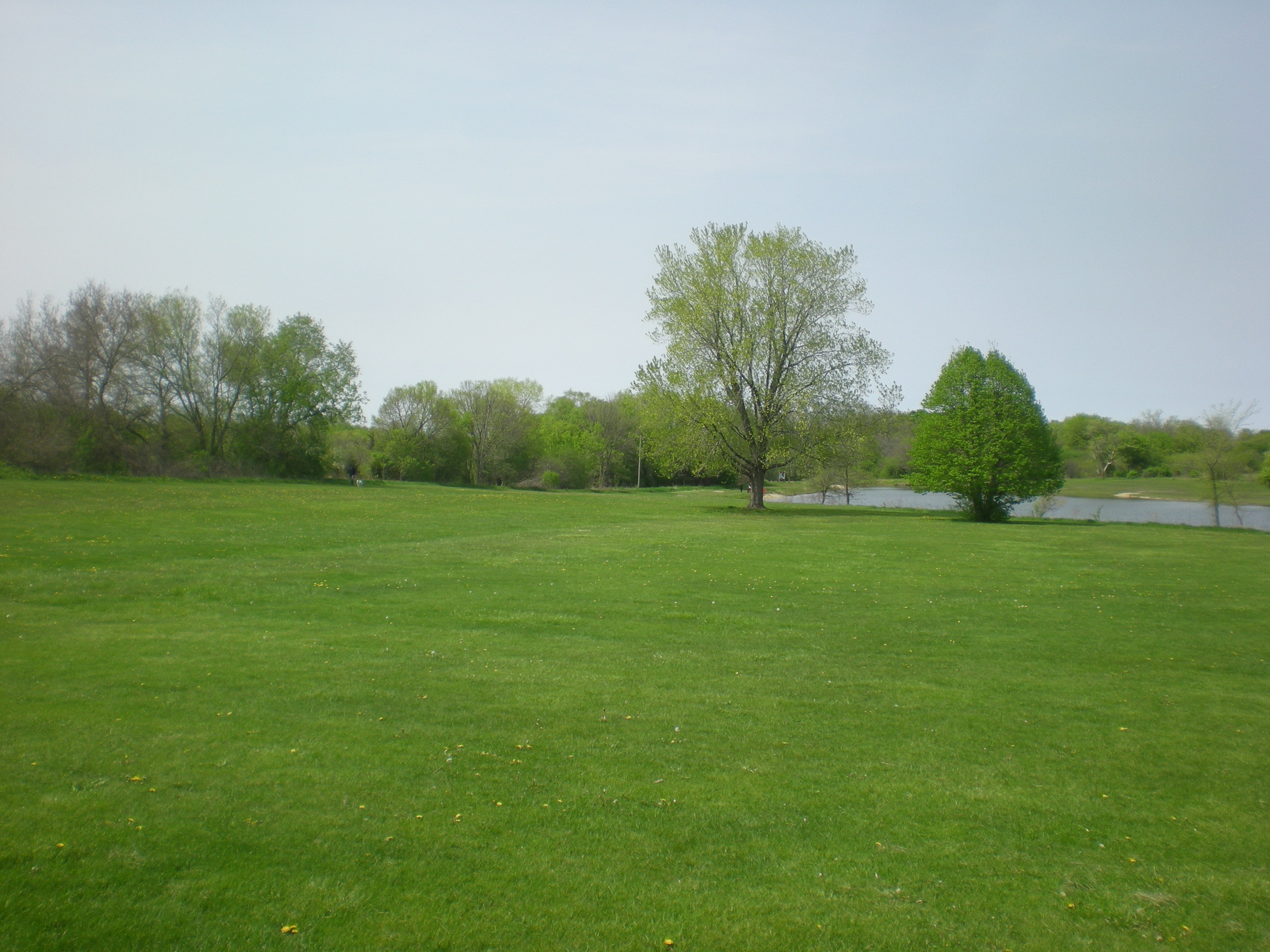
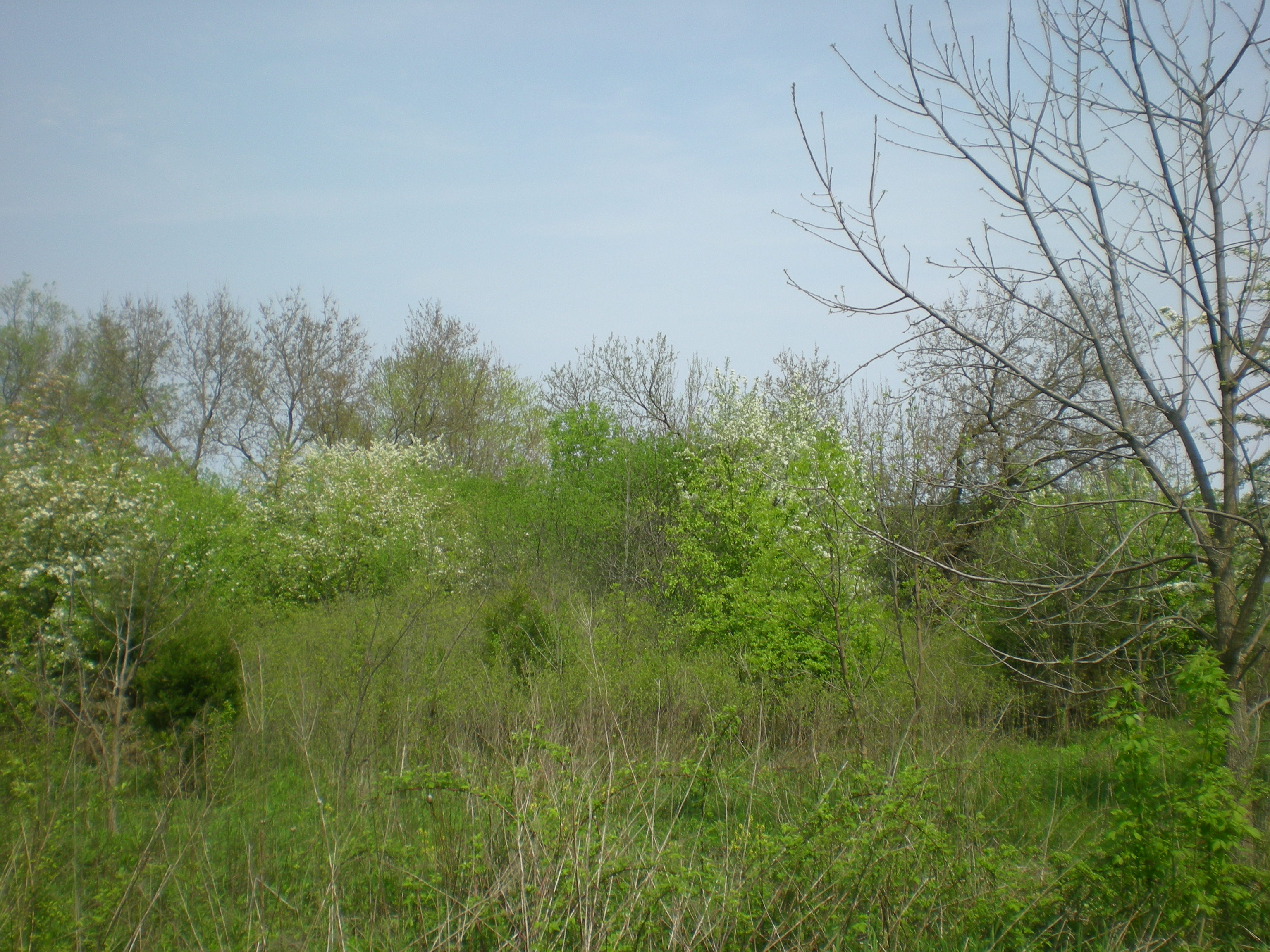
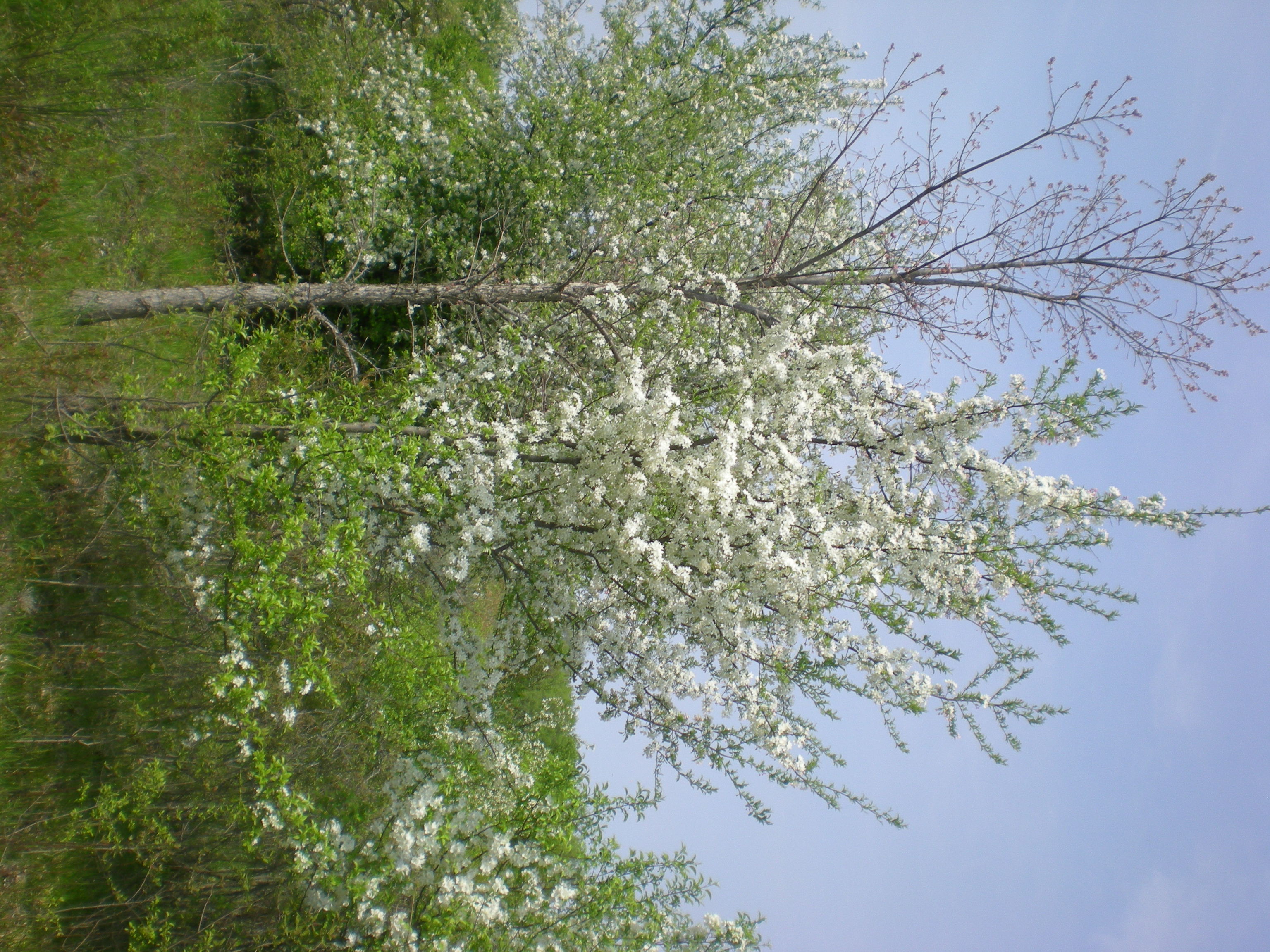
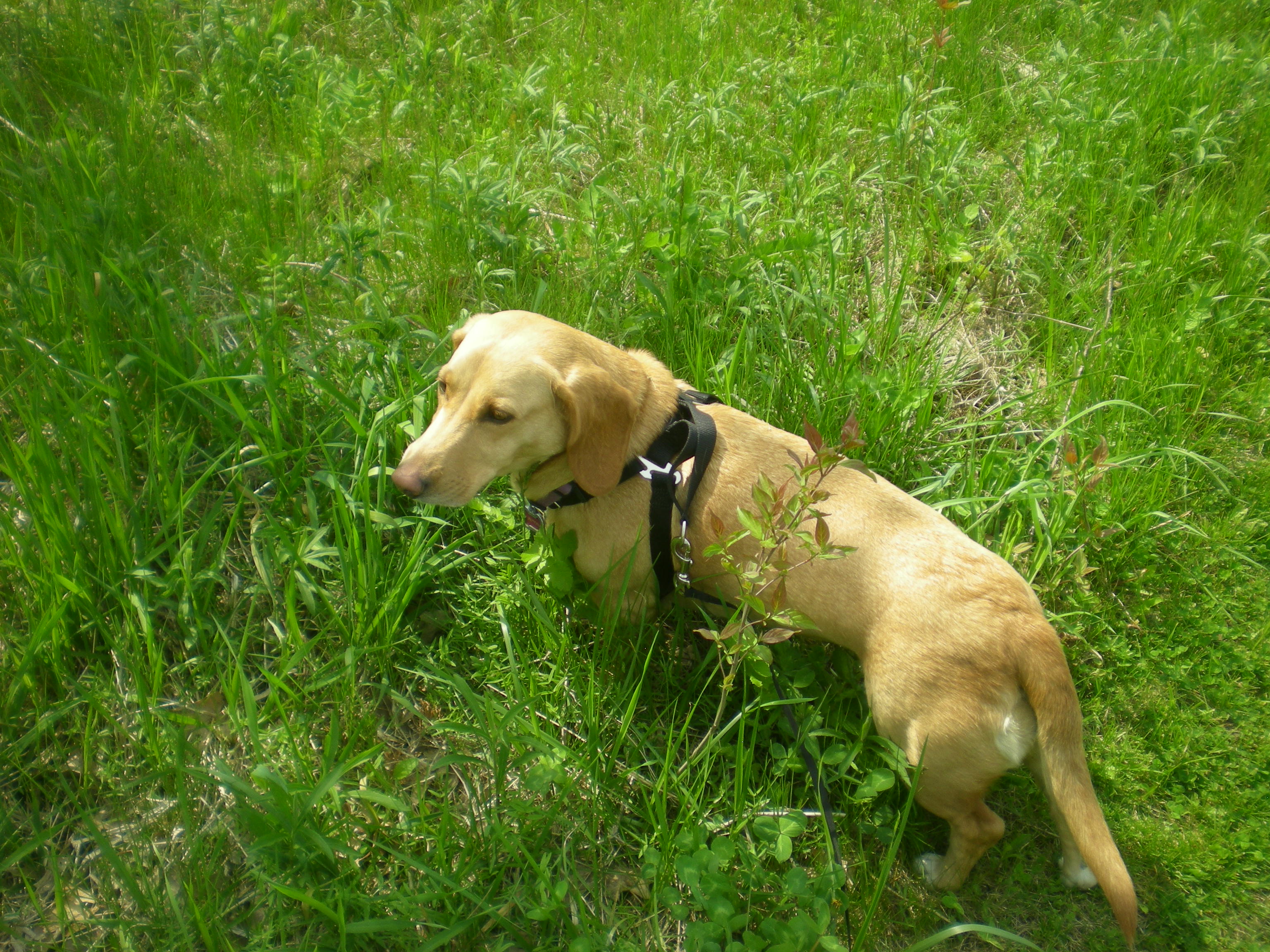

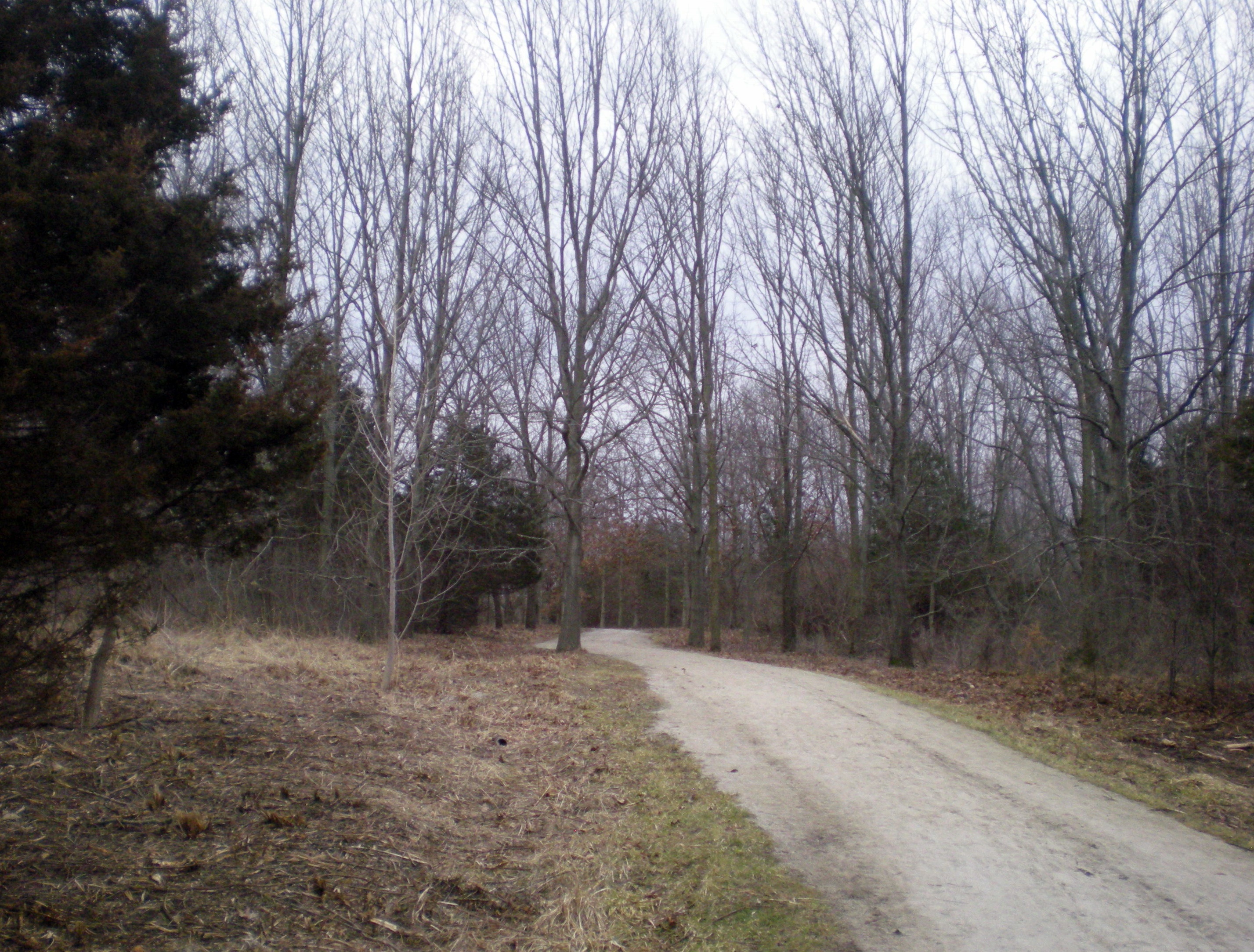
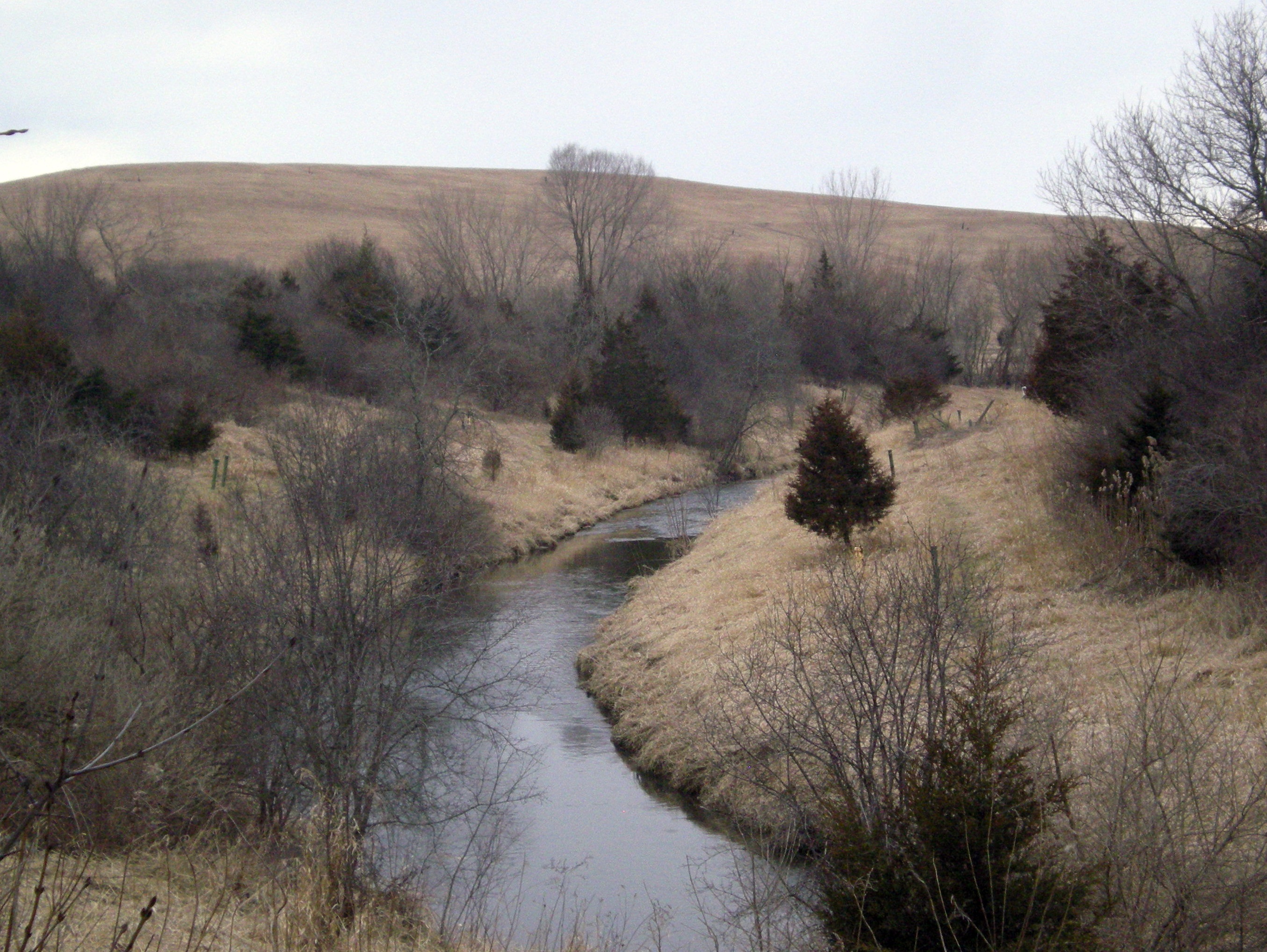
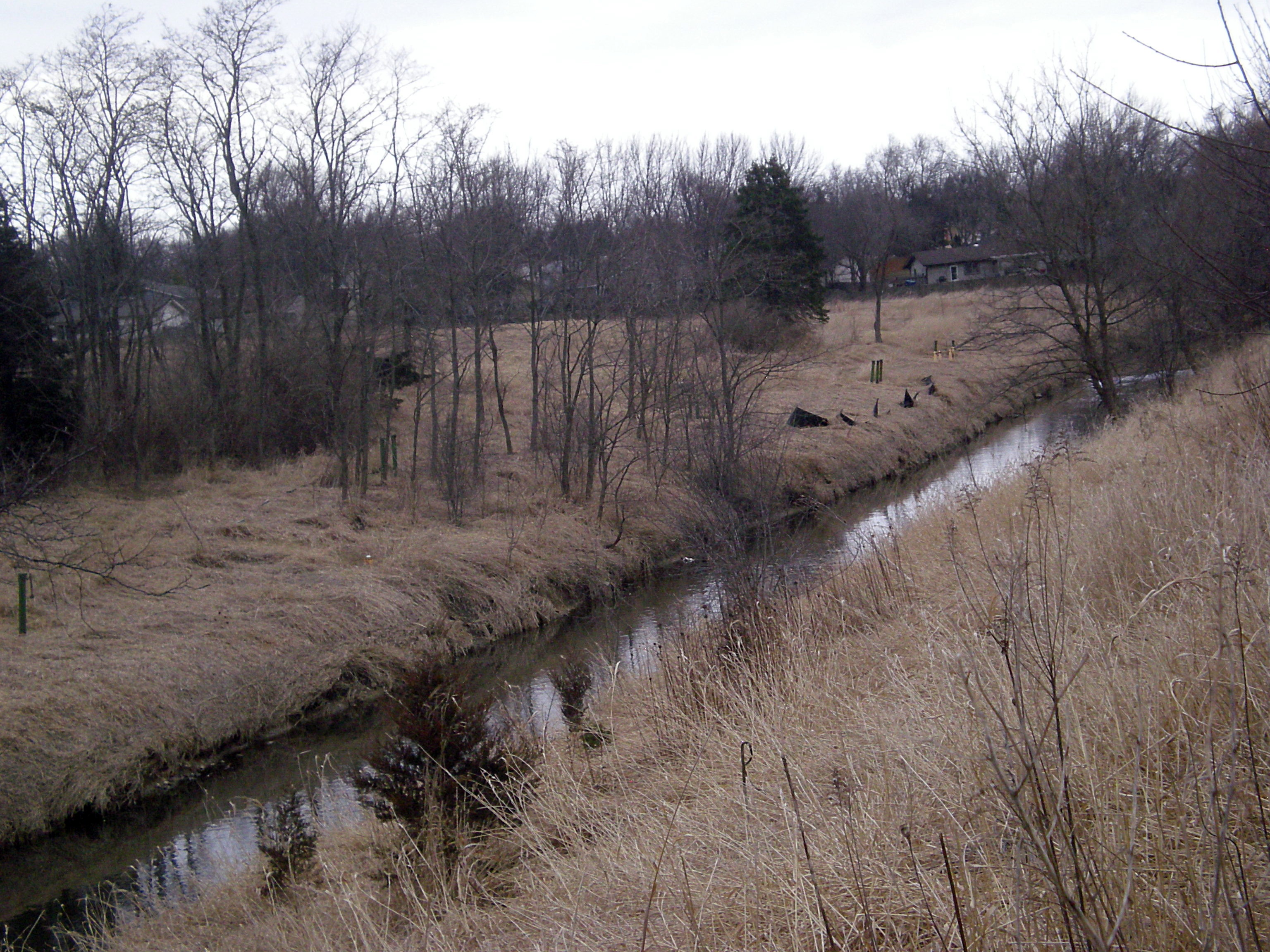
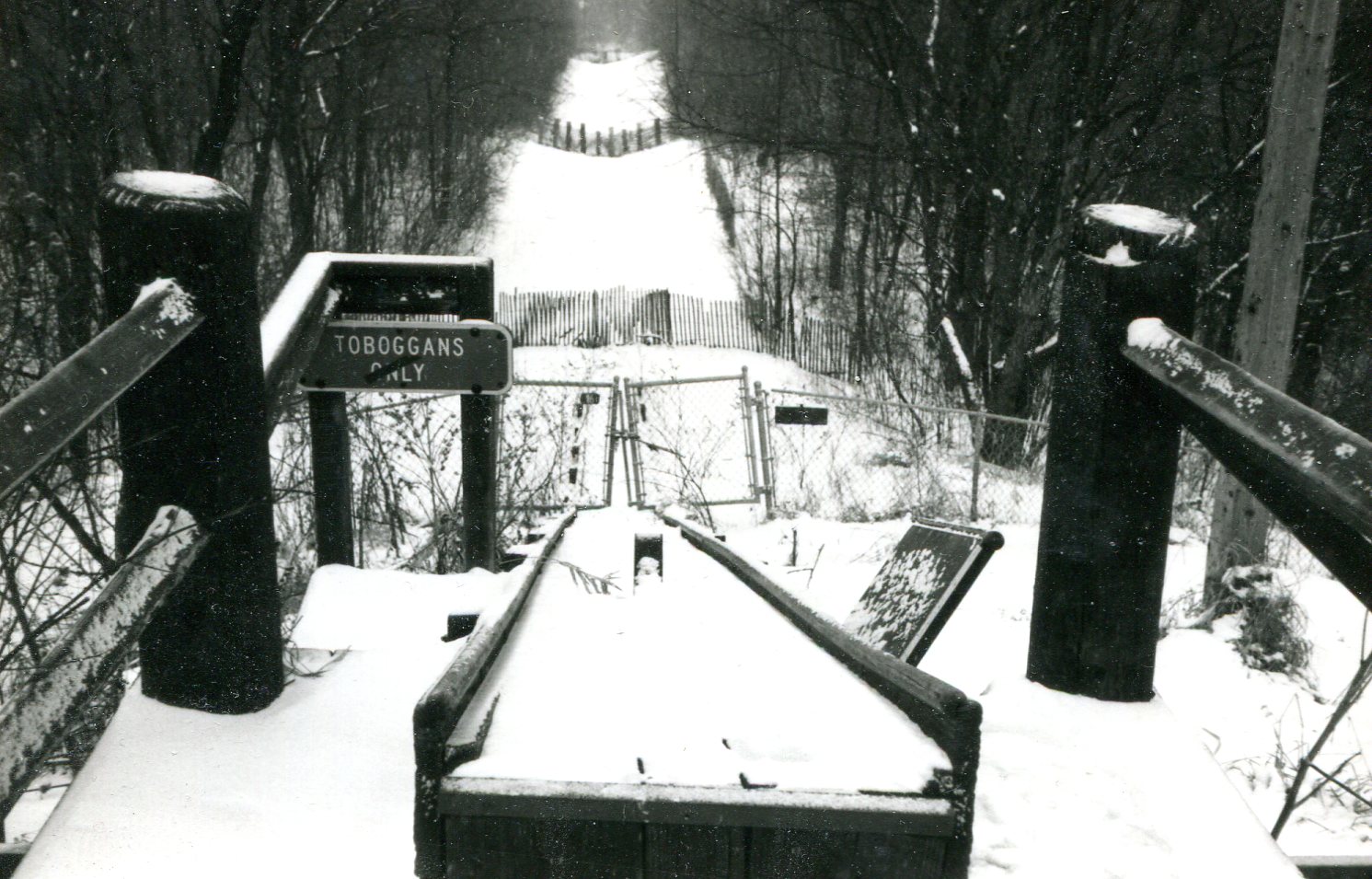
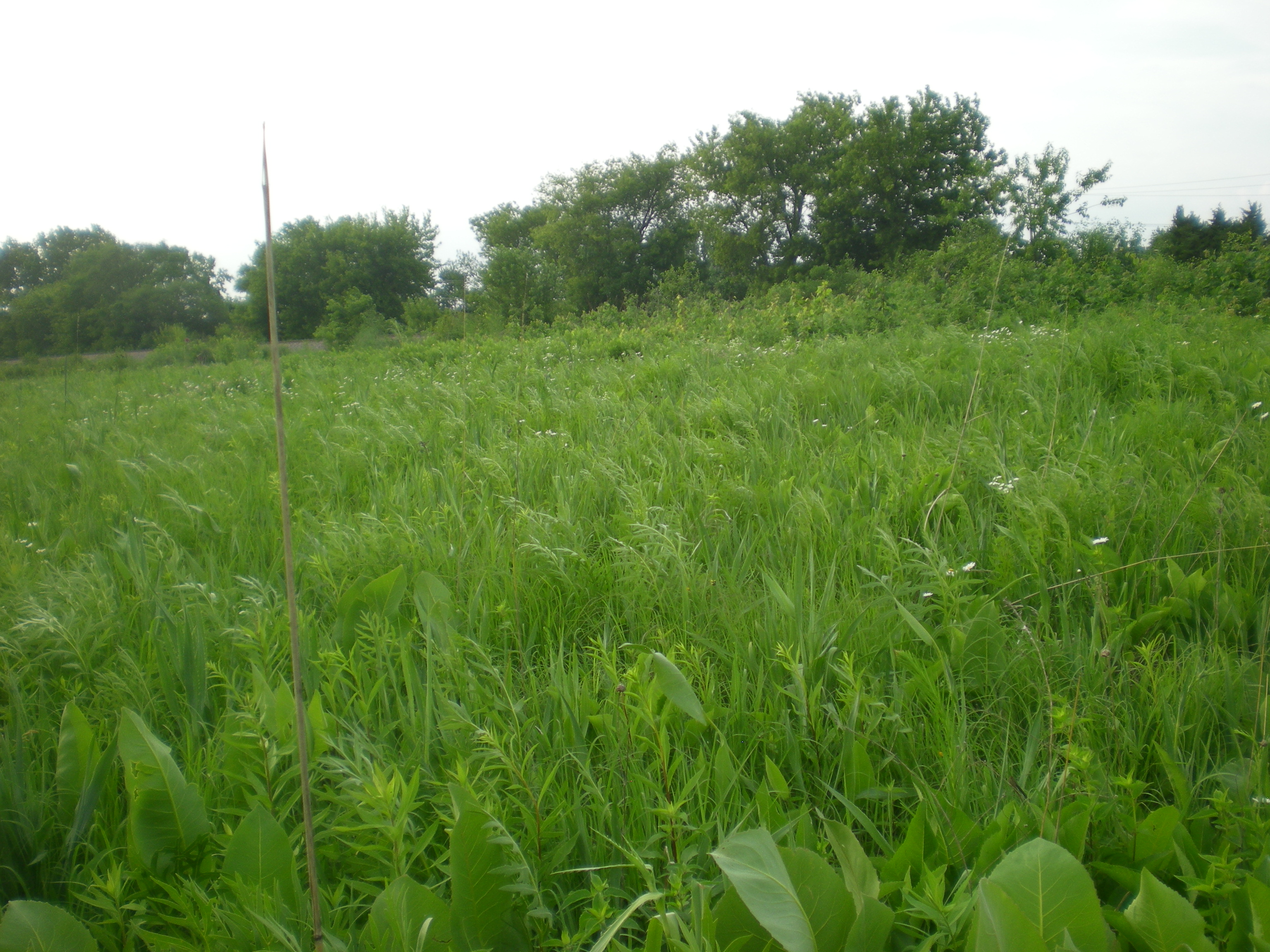
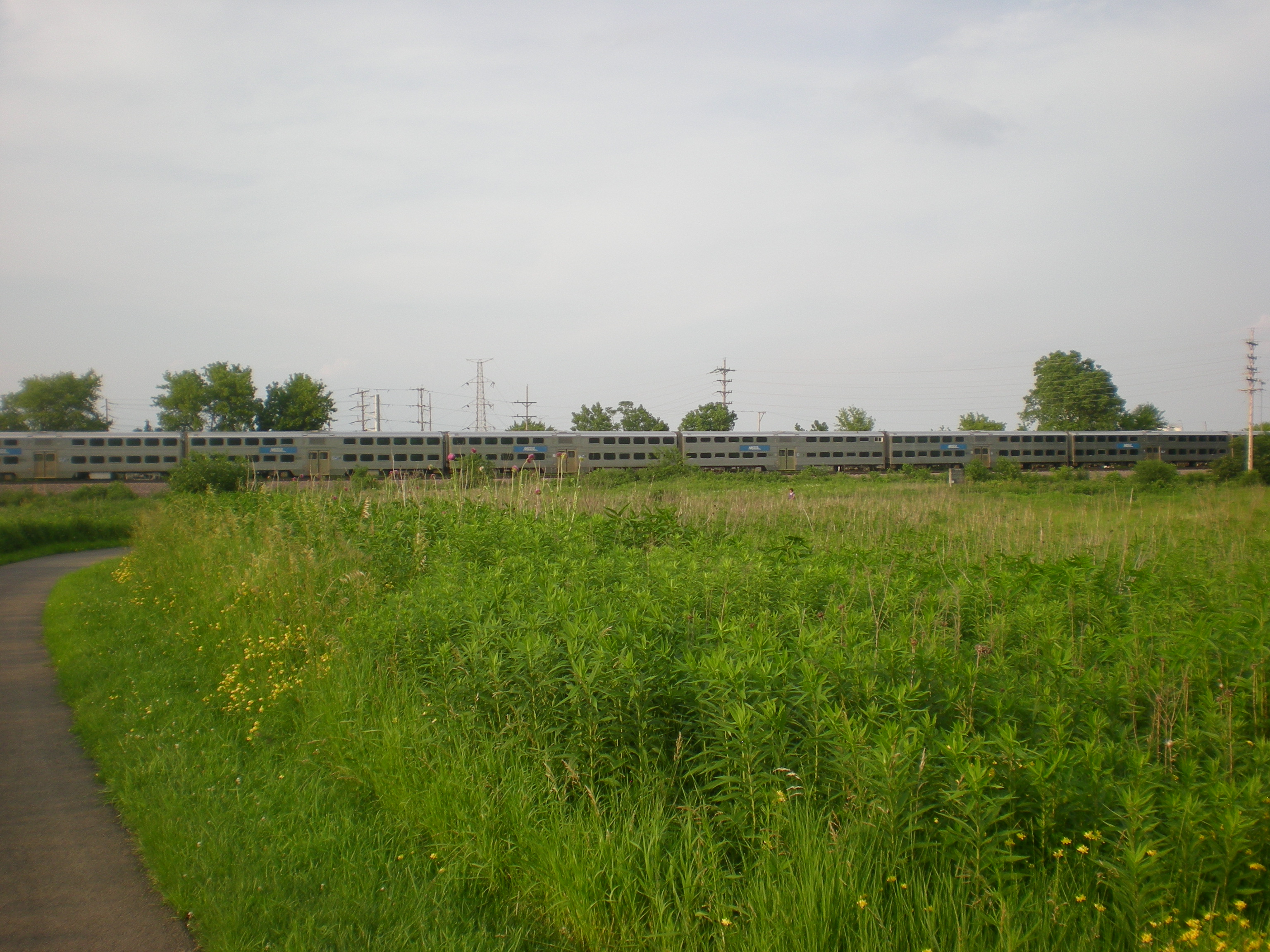
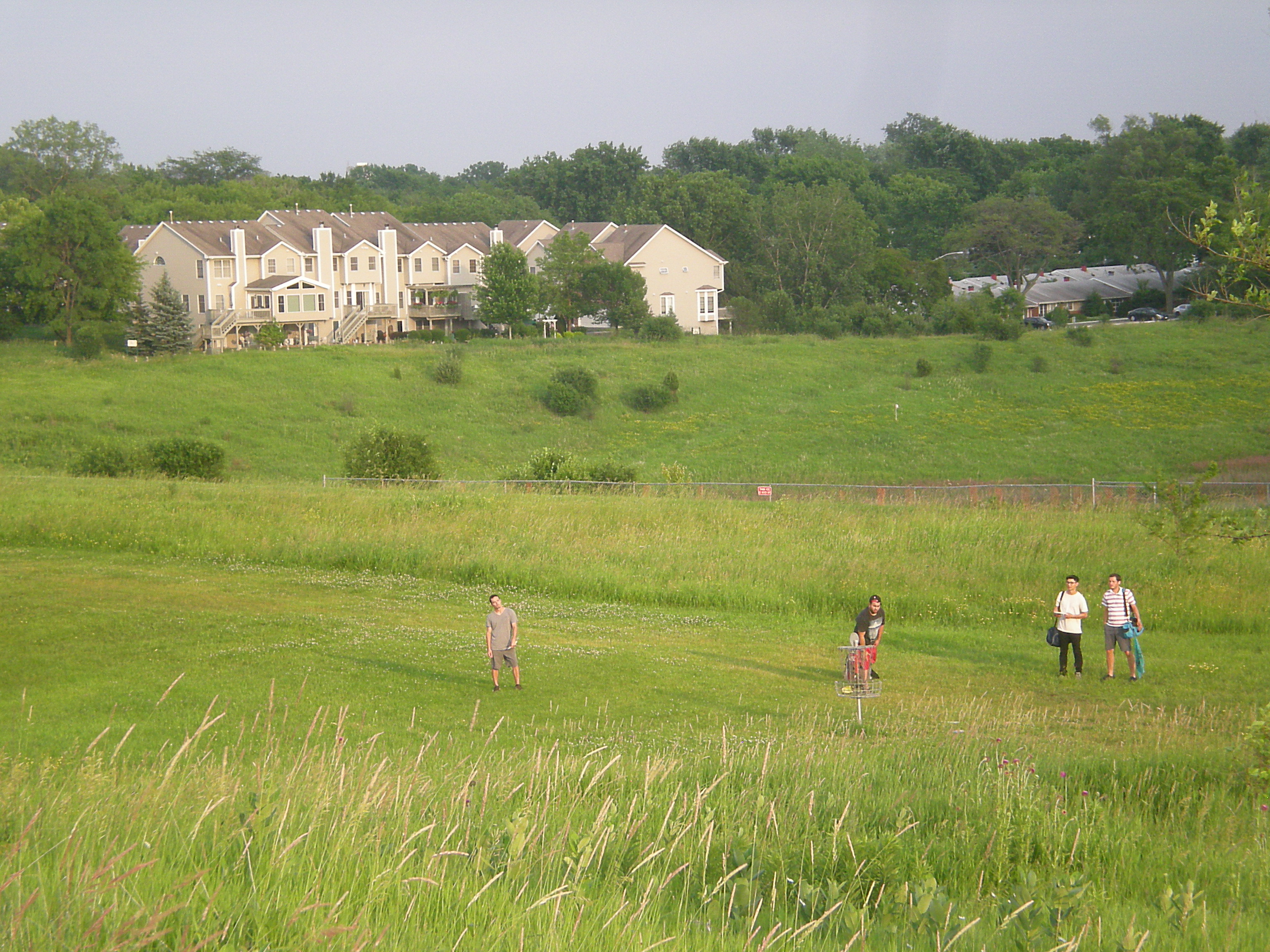
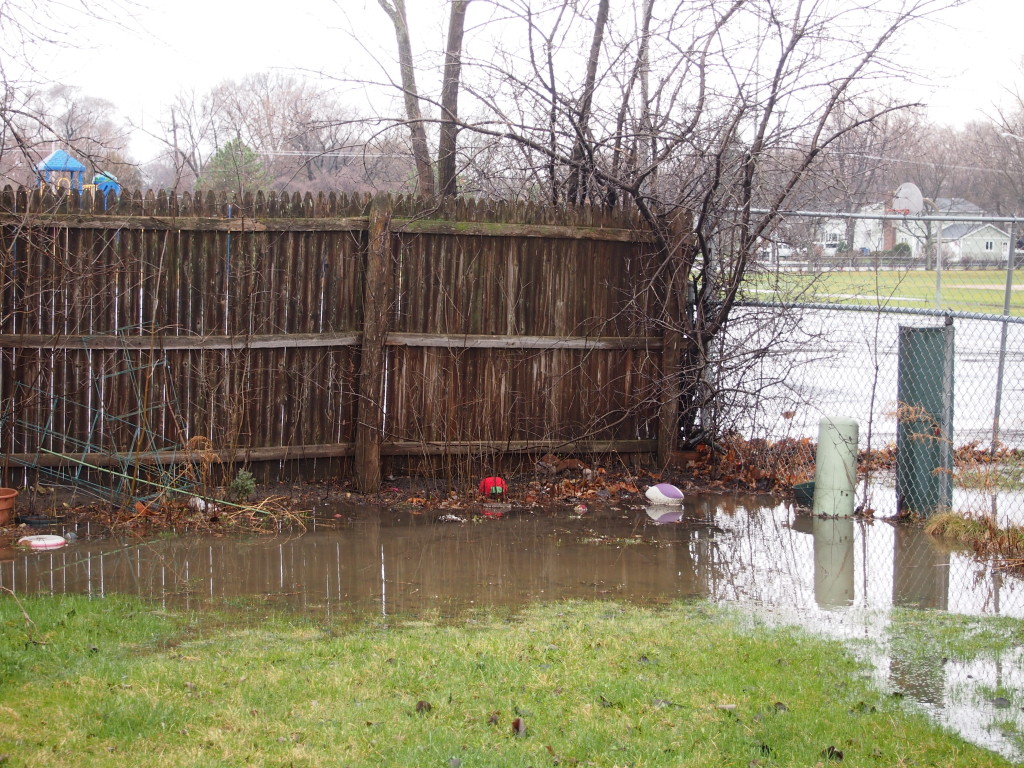
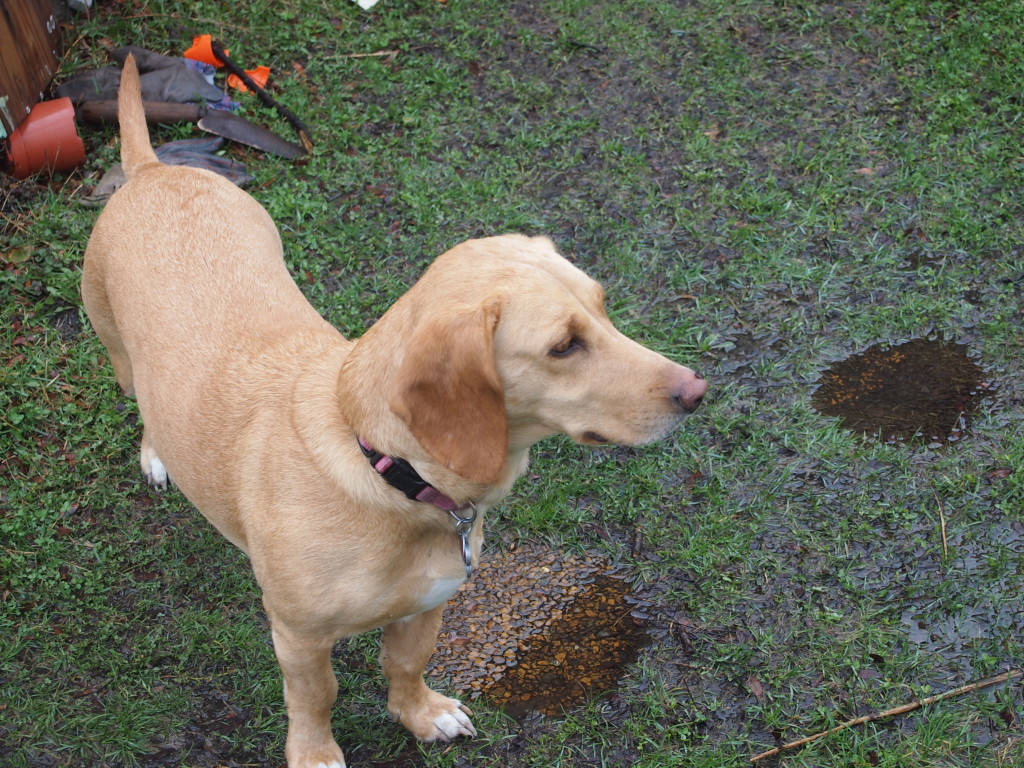
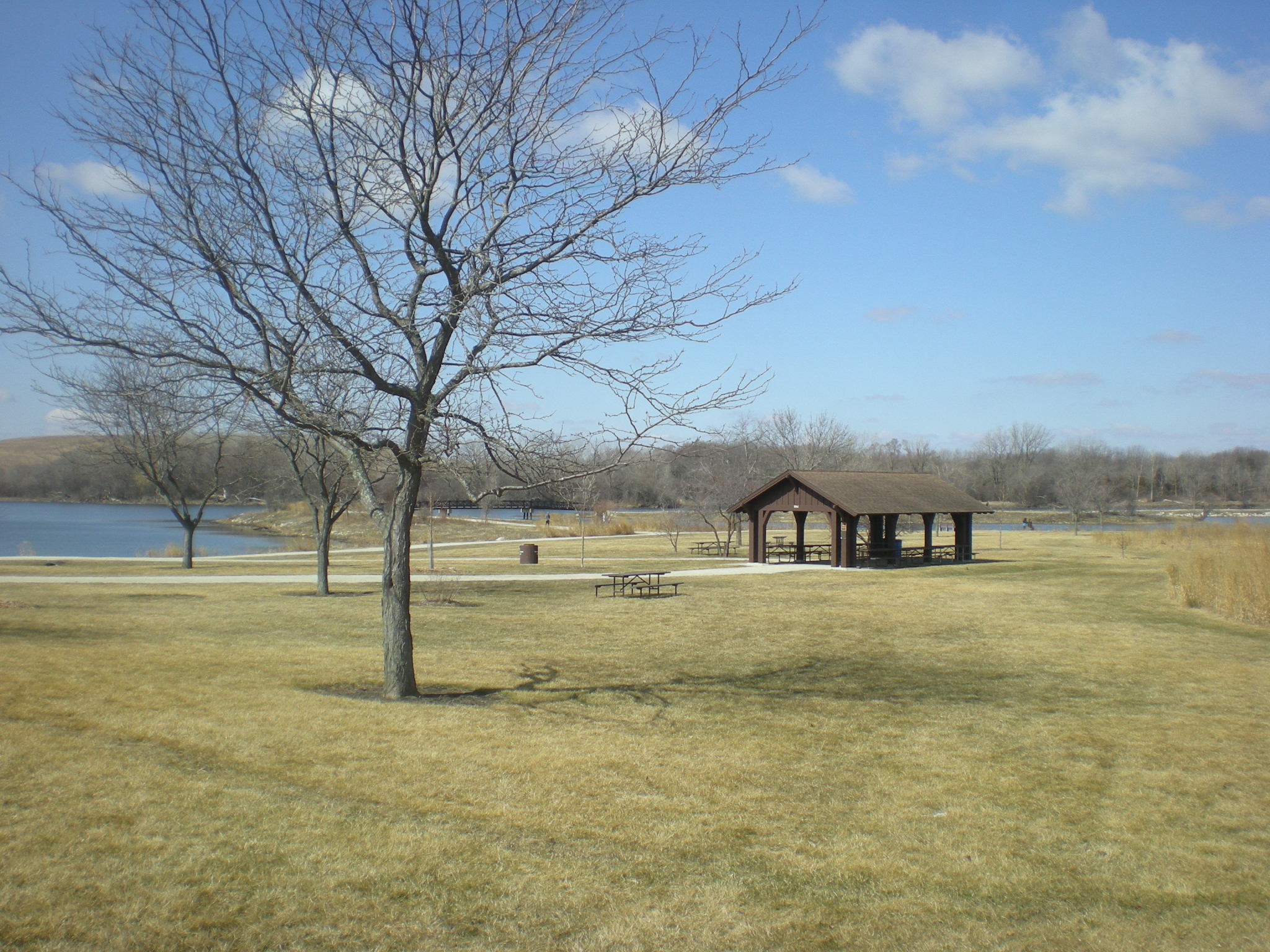 Along with deadwood, no doubt providing nutrients for future trees, or at least the grass.
Along with deadwood, no doubt providing nutrients for future trees, or at least the grass.